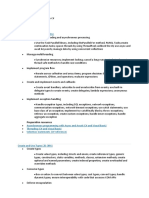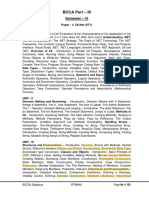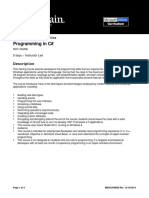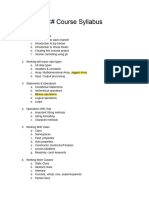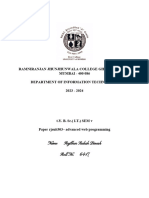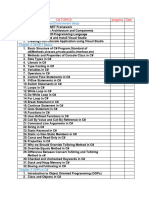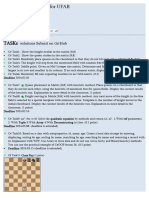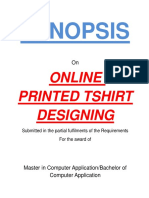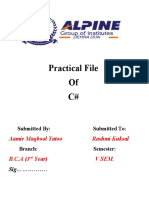0% found this document useful (0 votes)
7 views15 pagesCsharp Course
This document outlines a comprehensive C# course covering fundamentals to intermediate topics, including object-oriented programming, LINQ, asynchronous programming, and file handling. It includes practical exercises and a project to create a simple To-Do app. The course is designed for beginners and provides a structured approach to learning C# with examples and a cheatsheet for quick reference.
Uploaded by
makhinkhincho2025Copyright
© © All Rights Reserved
We take content rights seriously. If you suspect this is your content, claim it here.
Available Formats
Download as PDF, TXT or read online on Scribd
0% found this document useful (0 votes)
7 views15 pagesCsharp Course
This document outlines a comprehensive C# course covering fundamentals to intermediate topics, including object-oriented programming, LINQ, asynchronous programming, and file handling. It includes practical exercises and a project to create a simple To-Do app. The course is designed for beginners and provides a structured approach to learning C# with examples and a cheatsheet for quick reference.
Uploaded by
makhinkhincho2025Copyright
© © All Rights Reserved
We take content rights seriously. If you suspect this is your content, claim it here.
Available Formats
Download as PDF, TXT or read online on Scribd
/ 15









